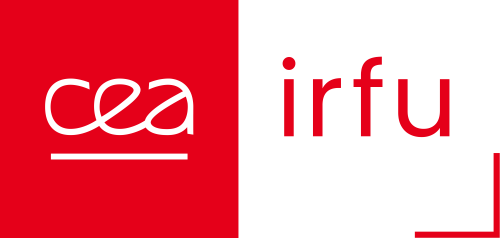Les stages
L'astrophysique multimessager en temps réel
Multimessenger astrophysics in real-time
Candidature avant le
07/05/2024
Durée
6 mois
Poursuite possible en thèse
oui
Contact
SCHUSSLER Fabian
+33 1 69 08 30 20
Résumé/Summary
Sujet détaillé/Full description
Since the first direct detections of Gravitational Waves in 2015, a new field of astrophysics and a new window to the universe is opening up: multi-messenger astrophysics. In this novel domain, we are combining information from various observatories across the electromagnetic spectrum with data obtained from gravitational wave observatories and high-energy neutrino telescopes. In August 2017, Virgo and LIGO detected the first gravitational waves emitted by the merger of a binary neutron star system. The subsequent detection of the same event across a large range of the electromagnetic spectrum is a major milestone in the field and produced a wealth of new information (and new questions) about these violent events. The H.E.S.S. collaboration is actively participating in these follow-up observations of Gravitational Waves and other exciting events like Gamma-Ray Burst, high-energy neutrinos, Fast Radio Bursts, etc. Fabian Schüssler, the tutor for the internship proposed here, leads the dedicated working group within the H.E.S.S. collaboration.
During the internship we will analyze data obtained by the H.E.S.S. instrument in recent target-of-opportunity observations. The gravitational wave interferometers Virgo, LIGO, and KAGRA are currently taking data and exciting observations are being conducted across the full multi-wavelength range. We will thus have an extensive dataset at our disposal to search for very-high energy counterparts to the multi-messenger signals.
The tutor is also leading the platform Astro-COLIBRI (cf. https://astro-colibri.science). Contributions to the development of the platform or its use for additional observations will thus be possible during the internship.
The proposed internship is a very good introduction to the PhD thesis topic proposed by F. Schussler at IRFU/CEA Paris-Saclay. Start of the PhD project is October 2024. Details can be found on: https://www.multimessenger-astronomy.com
CONTACT
Fabian Schüssler: fabian.schussler@cea.fr, Tel.: 01 69 08 30 20
Homepage: https://www.multimessenger-astronomy.com
Twitter: @FabianSchussler
Mots clés/Keywords

